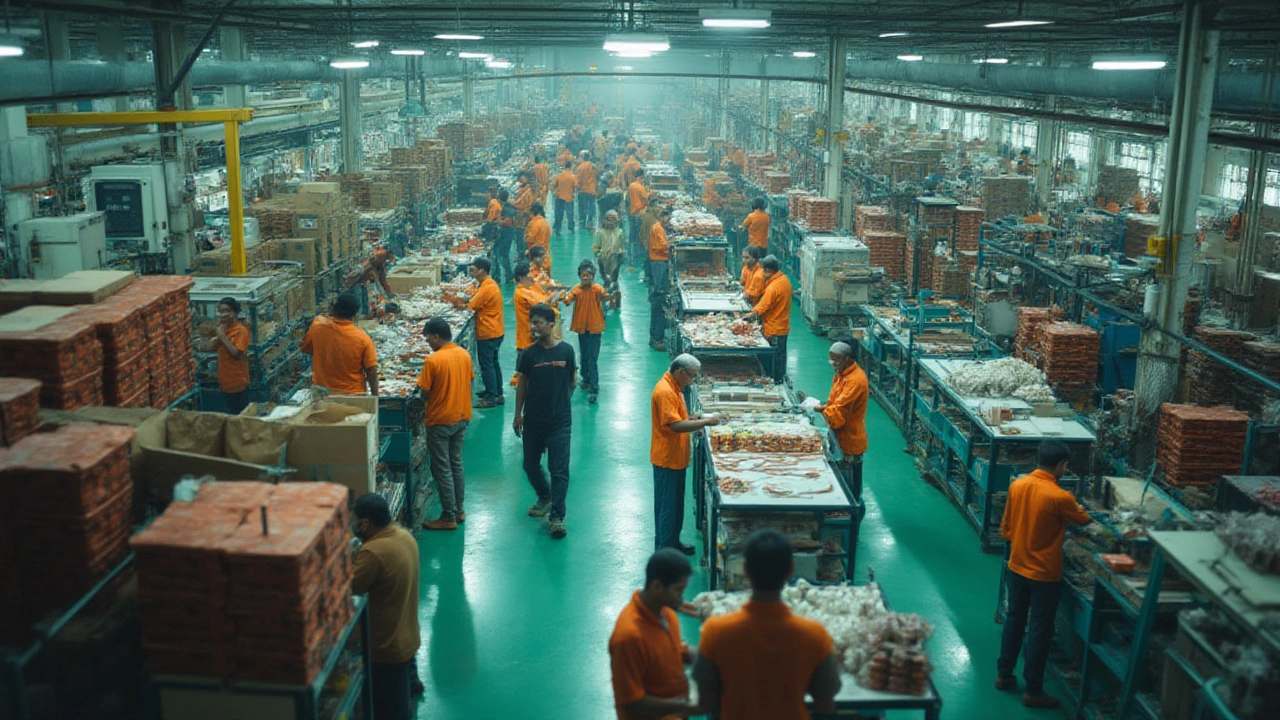Manufacturing Waste: Simple Steps to Cut, Recycle & Go Green in Indian Factories
Every day, factories spill metal scraps, plastic off‑cuts, and excess chemicals. It looks like a harmless side effect, but that waste piles up, costs money, and hurts the environment. In India’s fast‑growing industrial sector, even a small reduction can save huge amounts of cash and water. Let’s break down why waste matters and how you can start fixing it right now.
Why Waste Matters in Indian Manufacturing
First off, waste is a silent profit‑eater. When a plant throws away 10 % of its raw material, that translates to thousands of rupees lost per month. Second, the government’s push for stricter pollution norms means you’ll face fines or even shutdowns if you ignore waste streams. Third, customers are getting smarter – they want products made responsibly, and they’ll choose brands that can prove low‑impact production. Ignoring waste, therefore, hurts the bottom line, the brand image, and the planet.
Practical Ways to Reduce and Recycle Waste
1. Map your waste. Walk the shop floor, note every scrap, spill, or off‑cut. Use a simple spreadsheet: type of waste, where it appears, how much you generate weekly. Having numbers makes it easier to spot the biggest culprits.
2. Adopt the 5 S method. Sorting, Setting in order, Shining, Standardizing, and Sustaining cuts out unnecessary material handling. When tools and raw parts are organized, you waste less time and less material.
3. Switch to reusable fixtures. If you’re still using disposable pallets or single‑use molds, replace them with durable steel versions. The upfront cost is higher, but the savings pile up over a year.
4. Partner with local recyclers. Many Indian cities have metal and plastic recyclers waiting for a steady supply. Sign a short‑term agreement, segregate waste at source, and you’ll get a small payment back or a discount on new raw material.
5. Re‑engineer the product design. Talk to your design team about minimizing off‑cuts. Simple tweaks—like nesting parts or using standard sheet sizes—can reduce scrap by 15‑20 %.
6. Capture and treat chemicals. Install filtration units for solvents and cooling water. The filtered liquids can be reused, cutting down on fresh chemical purchases and disposal fees.
7. Train the workforce. A short, monthly briefing on waste goals keeps everyone aligned. When operators see the impact of their actions—like a 5 % drop in scrap—they stay motivated.
8. Use digital monitoring. Low‑cost sensors can alert you when a bin is overfilled or when a machine is producing excess shavings. Real‑time data helps you act before waste becomes a habit.
Putting these ideas together doesn’t require a massive overhaul. Start with one or two quick wins—maybe the waste map and a partnership with a recycler—then build on the savings you see. Over time, you’ll notice lower material bills, smoother compliance checks, and a greener reputation that can win new contracts.
Remember, cutting waste is not a one‑off project. It’s a habit you embed into daily routines. Keep measuring, keep adjusting, and watch both your profit margin and the planet improve together.

7 Wastes of Manufacturing: Lean Principles & Practical Solutions
Learn about the 7 wastes of manufacturing, find out what they are, why they matter, and discover real tips on how to spot and reduce them for better profits.
